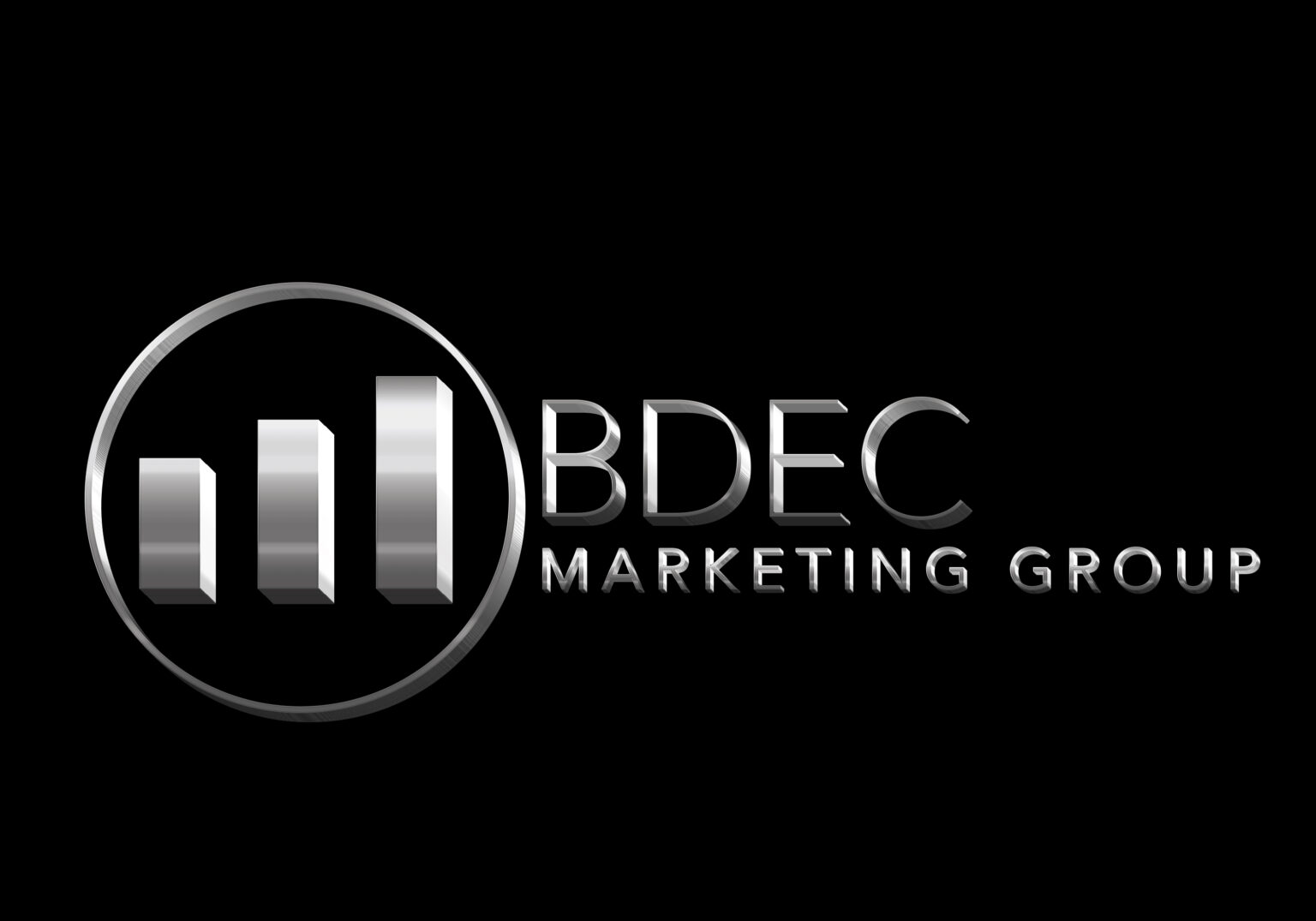Running your own law firm means you are learning how to run a business. In law school, lawyers are frequently only taught law, not the business of running your law firm or marketing your law firm. To manage your own successful law practice business, you’ll need to become an expert at customer intake, marketing, managing an office, and bookkeeping, among many other things. Learning legal marketing is arguably one of the most essential skills you need to develop when you first start your law firm. It is what drives the image of your firm and attracts customers to your practice. Getting started with legal marketing may feel overwhelming, but it is important to understand as you grow your practice and distinguish yourself in the oversaturated legal market. Successful legal marketing aids you stand out from the competition and helps customers find you.
Strategies, Tactics, and Plans for Law Firms
Marketing should not be haphazard or overly reliant on one method. It should be planned and based on data-driven experiments. It includes knowing the difference between plans, tactics, and strategies. As a law firm, you need all 3. Your aims, plans, strategies, and tactics will change over time as your marketing needs grow, but it is essential to be mindful of them to help you have a clearer picture of how to get your firm to where you want it to be.
Build Your Law Firm Brand
The first equipment in your legal marketing tool kit should be your brand. Your brand of the law firm is what you will be marketing. You are marketing your law practice, but what accurately is your practice? How do you want people to view your law firm? What’s your law firm’s brand? What type of brand experience do you want people to have? For law firms and attorneys, your brand should at the very least convey value, quality, and trust in how you’ll improve your clients’ lives. Beyond that, you need to think about the voice, image, and style. You need to convey and how you can convey that consistently.
Client Personas
After developing your law firm brand, you’ll need to know who you’ll be marketing to. You will make a composite ideal client profile that will help guide your marketing efforts. A customer persona is that composite. It’s a description of an ideal client for your law practice. You can have many personas for your law practice, all of which fit under the umbrella of the ideal client for you.
Developing Your Marketing Funnel
An inbound marketing funnel for your law firm should capture the conversion, awareness, and evaluation phases of your ideal client journey. A marketing funnel is easily detailing your client’s journey in finding you and hiring you as their attorney. It may be broken down into 3 stages:
Awareness Stage
The customer realizes they have a problem and starts researching great understand and frame their problem.
Consideration Stage
The customer starts to define their issue and is committed to researching ways to solve it.
Decision Stage
The customer starts looking for an attorney to help them with their issue. Your marketing funnel will be based on your customer personas and how they approach every stage of their journey. Usually, your funnel will concentrate on attracting visits to your website, and potential customers from those visits, qualifying those potential customers to determine if they are ready to hire an attorney, and turning those potential customers into actual clients.
Your Law Firm Website
Most people’s first impression of you and your practice will be your site, so you want to ensure it represents your firm and that it’s secure, rapid, responsive, and well-designed. As you are developing your website, you should minimum include an About Us page that tells your story about why you exist and what you do better than anyone else. You should add a practice area page that lists the services you provide, a page that lists your mission and values, customer testimonials, case studies, a blog, or even a FAQ to your website, among other pages.
How to Create a Marketing Plan
Once you’ve your brand, personas, and website ready to go, you will need to start promoting your firm. But how you promote your law firm depends on your marketing aims. Your marketing aims should be driven by the desire to solve your ideal client’s issues. Some useful equipment to measure your metrics and results include Google Analytics, which helps you see how many people have viewed, visited, and exited pages on your website. If you do not have a CRM in place and your law practice management software doesn’t offer this sort of reporting, HubSpot or Salesforce are low-price options that provide basic reporting into valuable metrics. To get those metrics measured there are many offline and online ways to market your law firm and drive traffic to your website.
Online SEO
SEO is search engine optimization. SEO is the practice of making your site search engine friendly (optimizing your webpage) to help you rank high on SERPs (search engine results pages). Many factors go into great SEO practices, including keywords, links, metadata, and local SEO considerations. But if you are new to SEO, just write every webpage such as you are talking to a person, not a robot, and you will be off to the best start. You can also consider outsourcing this to a freelance writer who knows SEO.
PPC
Also known as pay per click, these are online ads you pay for when people click on them. The most popular example of these is Google AdWords, which are the ads you see at the top of your Google search.
Social Media
Social media is here to stay and if you aren’t on social media or do not at least have a Facebook page for your practice, you aren’t taking benefit of a massive platform with a built-in audience. Social media can be used to engage with and learn more about your customers, academics, colleagues, or anyone on a more genuine and personal level, whether organically or through ads. For attorneys, we recommend that you at least be on LinkedIn, Facebook, and Twitter.
Email Marketing
Email marketing is the best way to generate new and repeat business. You can make ads, notifications, newsletters, and other emails to send to those on your (segmented) lists.
Offline
Offline, marketing, or traditional can comprise of billboards, radio and tv ads, posters, business cards, snail mail advertising, and sponsoring summer T-ball teams. This type of marketing is particularly important if you are trying to establish yourself as a pillar in your community or generate word-of-mouth referrals.
Convert Visitors into Clients
This marketing is good, but you need to have a way of closing the deal, and selling your services, so to speak. Sales do not have to be a bad or smarmy thing. Sales easily mean you have a procedure in place that aligns with your marketing strategy so you can sign your ideal customer. It is business development. You have a place in all the time and effort into your marketing strategy, not having a follow-through plan to sign all the potential customers that are interested in hiring you will be a shame. Sales are ideally the last part of your marketing funnel and procedure, with emphasis on procedure. Marketing isn’t a stagnant practice. You cannot just set it and forget it. You need to be paying attention to your metrics, your aims, and how your marketing plan is affecting those so you can adjust and improve accordingly.
Schedule your free consultation here.




